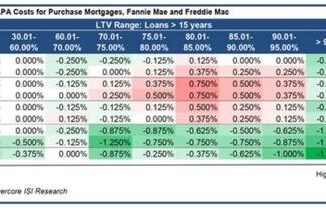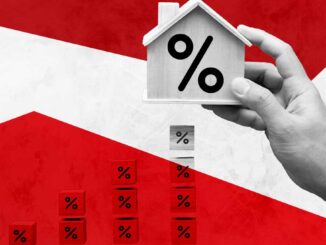
(Reuters) – Canada’s record pace of interest rate hikes has led to the repayment period for many variable rate mortgages lengthening to over 30 years, helping to shield households from higher borrowing costs but raising debt loads and worrying regulators.
Variable rate mortgages in Canada typically require borrowers to make regular payments in fixed amounts. So if interest rates rise, a greater share of the payment goes toward paying interest on the loan rather than paying down the principal, thereby extending the amortization period.
Negative amortization is a situation in which borrowers are adding to the principal and occurs when interest rates climb as high as the trigger rate. That’s the rate at which interest on the loan exceeds the fixed payment.
The Bank of Canada’s surprise 25 basis-point interest rate hike this month and additional tightening expected either in July or September are likely to push more borrowers above their trigger rate.
Here are some of the implications of extending mortgage amortizations.
Loading…
Source: www.reuters.com
ENB
Sandstone Group



